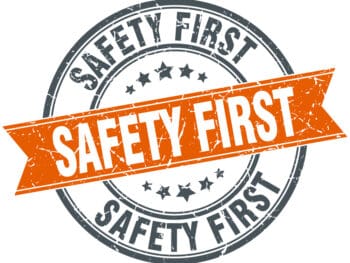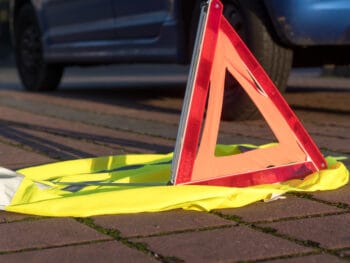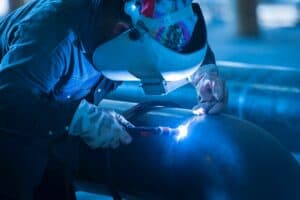We have just passed the sad 103rd anniversary of the Triangle Shirtwaist Factory Fire that occurred on March 25, 1911. This was one of the deadliest industrial disasters that resulted in the fourth highest loss of life from an industrial accident in U.S. history. The fire resulted in the deaths of 146 garment workers. They died from the fire, smoke inhalation, or falling or jumping to their deaths. The victims included 123 women and 23 men ages 14 to 43 years old.
The factory was on the eighth to tenth floors of a New York City building. The owners had locked the doors to the stairwells and exits to prevent theft. Many workers who could not escape the burning building jumped to their deaths from the buildings windows to escape the fire and smoke. Following the fire, public outrage led to legislation requiring improved worker safety standards. These new state laws required better building access and egress, fireproofing, fire extinguishers, alarm systems and automatic sprinklers.
What relevance does this tragedy have for employers today? Many aspects of this historical fire still can underscore important lessons to avoid workplace fires and injuries. For example:
• Strictly enforce smoking bans. Although smoking was banned on the Triangle Factory floor, workers were known to sneak cigarettes. The New York Fire Marshall concluded that the most likely cause of the fire was a discarded match or cigarette in a scrap bin.
• Promptly dispose of scrap material. The scrap bins contained hundreds of pounds, two months’ worth, of highly flammable fabric cuttings.
• Keep flammable materials away from each other. In addition, hanging fabrics were close to the scrap bins, which helped the fire spread quickly.
• Have working, audible fire alarms and emergency communication systems. A bookkeeper on the eighth floor was able to telephone the tenth floor to warn them of the fire. However, there was not a working telephone on the ninth floor to allow those workers to be informed. The ninth floor was not notified of the fire before the fire reached that floor.
• Keep exits accessible. Many more victims could have escaped if the exits and freight elevator were unlocked. A foreman who had a stairway door key escaped by another route. Elevator operators saved many lives by traveling three times up to the ninth floor for passengers, but were forced to give up when the elevator rails buckled under the heat.
• Keep fire escapes in good repair. Twenty of the victims fell to their deaths when the flimsy fire escape they were on collapsed.
Author Michael B. Stack, CPA, Principal, Amaxx Risk Solutions, Inc. is an expert in employer communication systems and part of the Amaxx team helping companies reduce their workers compensation costs by 20% to 50%. He is a writer, speaker, and website publisher. www.reduceyourworkerscomp.com. Contact: mstack@reduceyourworkerscomp.com.
©2014 Amaxx Risk Solutions, Inc. All rights reserved under International Copyright Law.
WORK COMP CALCULATOR: http://www.LowerWC.com/calculator.php
MODIFIED DUTY CALCULATOR: http://www.LowerWC.com/transitional-duty-cost-calculator.php
WC GROUP: http://www.linkedin.com/groups?homeNewMember=&gid=1922050/
SUBSCRIBE: Workers Comp Resource Center Newsletter
Do not use this information without independent verification. All state laws vary. You should consult with your insurance broker, attorney, or qualified professional.







